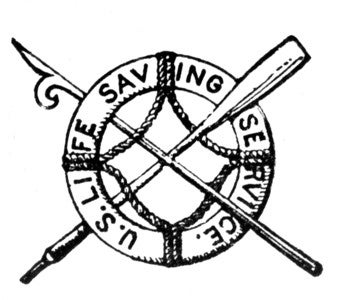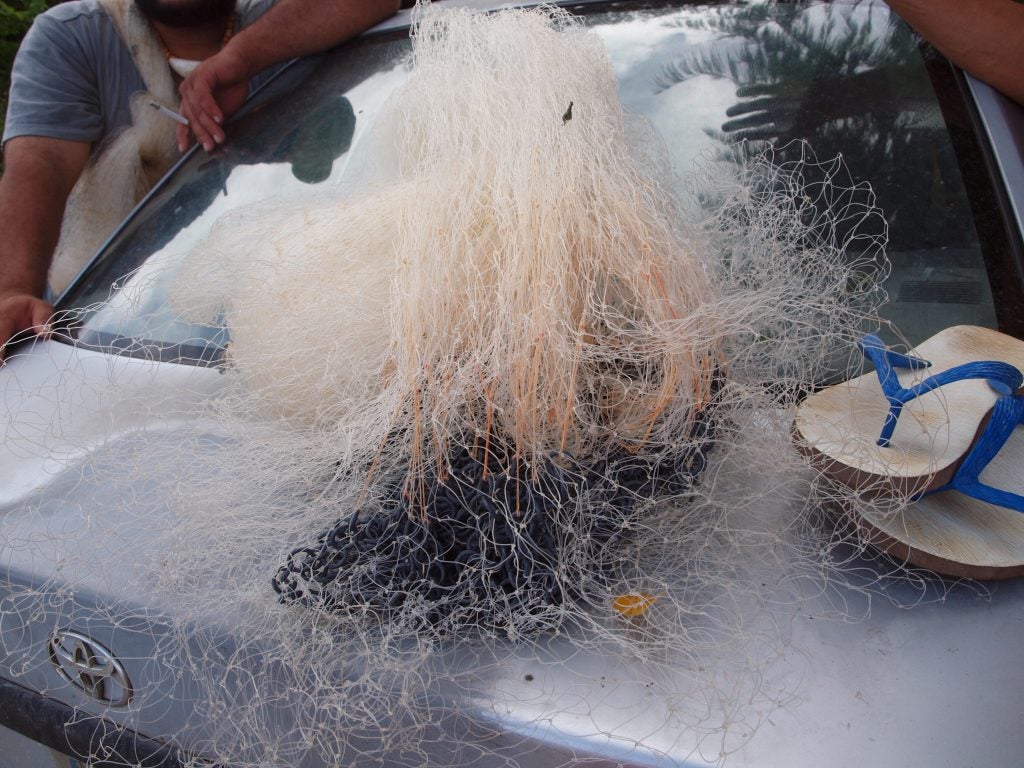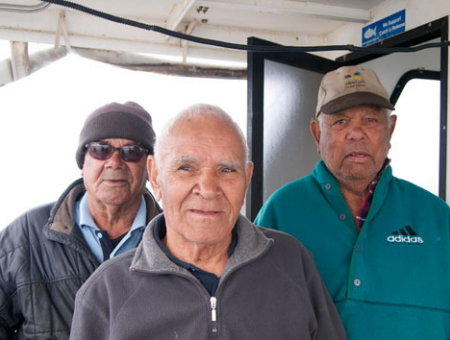Maritime cultural landscapes and seascapes are important for understanding our past experiences with water. I have applied these concepts in both European and Indigenous contexts in the U.S., Australia, and the Pacific.

U.S. Life-Saving Service
The U.S. Life-Saving Service (USLSS) established in 1848 as the U.S.’s primary humanitarian organization tasked with saving the lives of those shipwrecked off the coast and inland waterways. Prior to the merge with the Revenue Cutter Service to form the U.S. Coast Guard in 1915, the USLSS constructed life-saving stations and houses of refuge along the coasts and waterways of the U.S. These houses and stations not only housed the men of the USLSS, but in the case of houses of refuge also their families. For my Ph.D. dissertation, I examined the houses of refuge and life-saving stations constructed along Florida’s coastline.
For more information visit U.S. Life-saving Service of Florida.

Indigenous Seascapes in Saipan
During the development of the WWII Maritime Heritage Trail of Saipan, indigenous community leaders raised concerns about lack of research into the “maritime-related” activities and heritage. In response, I began working with Indigenous colleagues to compile archaeological sites, oral histories, and lived experiences to help define Indigenous seascapes on the island. This project recorded tangible and intangible cultural resources of the Chamorro and Carolinian peoples. Master’s student Julie Mushynsky continued this project for her thesis.
To learn more about this project visit Indigenous Seascapes in Saipan.

Indigenous Maritime Culture in Australia
In 2008, I began research with colleagues focusing on Indigenous depictions of non-Indigenous watercraft in bark paintings and rock art. This culminated in a research project and publications that, for the first time, outlined a methodological framework for identifying and interpreting Indigenous representations of watercraft. In 2012, a collaborative effort between the Narungga Aboriginal community at Point Pearce Mission, South Australia and myself and other archaeologists at Flinders University was undertaken to locate Narrunga, a ketch built by the Narungga Aboriginal community at Point Pearce Mission. This project developed into a larger maritime cultural landscape project undertaken by PhD student Madeline Fowler.
For more information on these projects visit Indigenous Maritime Culture in Australia.
